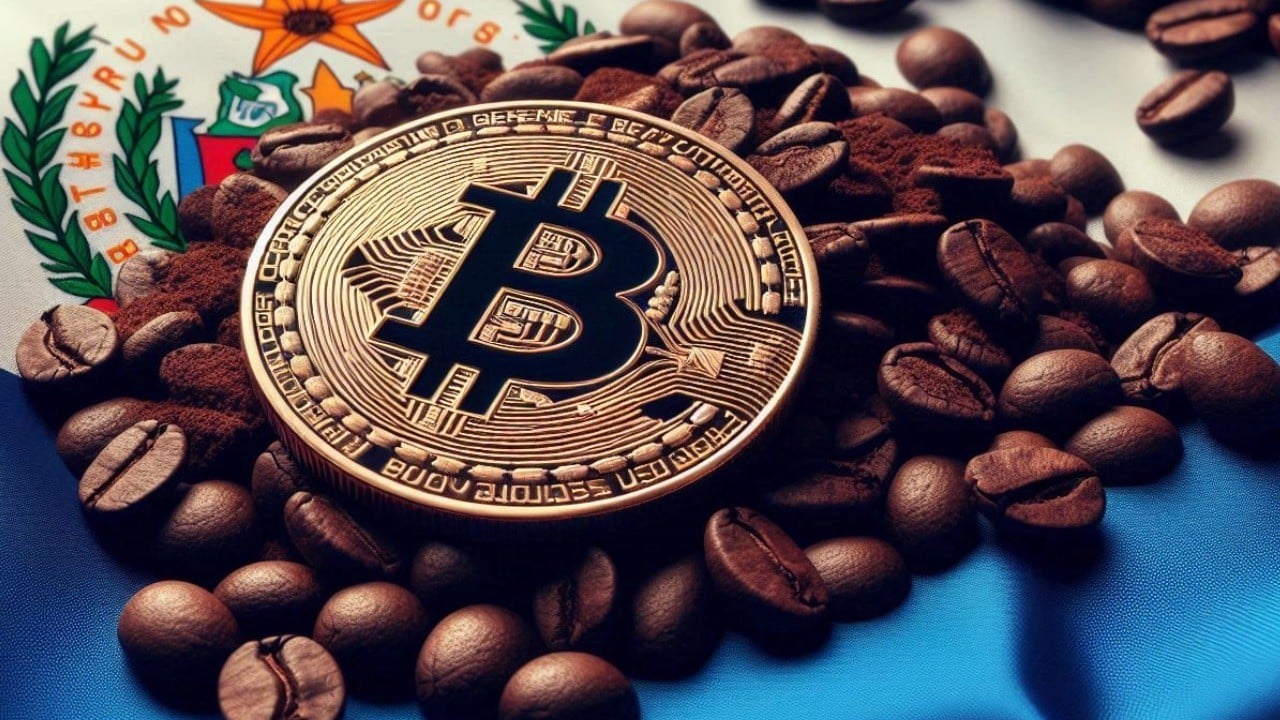The UK’s Bank of England, amidst global economic shifts, is navigating a uniquely challenging course in battling inflation. As it gears up for its final policy meeting of 2023, the central bank stands at a crossroads, under scrutiny for its apparent weakness in combating rising prices.
With inflation stubbornly high and interest rates poised to remain unchanged, the BoE’s strategy raises questions about its effectiveness compared to its international counterparts.
The Stubbornness of UK Inflation
In contrast to the easing monetary policies anticipated by investors from central banks worldwide, the BoE seems poised to maintain its critical rate at a 15-year high of 5.25 percent. This decision, expected to be reiterated by the Monetary Policy Committee (MPC), underscores the bank’s commitment to a “persistently” tough stance on borrowing costs. Despite global speculation of an end to the rate-lifting cycle initiated post-COVID-19 lockdowns, the BoE’s approach indicates a more complex scenario.
Economists caution that the BoE’s task of reining in consumer price inflation, currently at 4.6 percent, back to its 2 percent target, is more daunting than that of its peers, like the European Central Bank.
Ruth Gregory, deputy chief UK economist at Capital Economics, points out the absence of substantial evidence for near-term rate cuts in the UK. The central bank’s cautious approach is partly to prevent a significant drop in the pound and an abrupt shift in market interest rates expectations.
Investors have adjusted their projections, now foreseeing the BoE cutting its benchmark rate later than the ECB and the US Federal Reserve. While the ECB and the Fed are expected to reduce their main rates between March and May 2024, the BoE is not anticipated to do so until June 2024.
Pricing Pressures and Labor Market Dynamics
A closer examination of the UK’s economic landscape reveals multiple factors contributing to the BoE’s hesitancy. The nation’s inflation rate remains more than double the target, with forecasts suggesting only a gradual easing. Core inflation in the UK, excluding volatile elements like food and energy, is alarmingly high compared to other G7 countries and the Eurozone.
Another key indicator closely monitored by the BoE is wage growth, a reflection of underlying pricing pressures. UK wage growth is notably higher than in the US and the Eurozone, posing a significant challenge in the fight against inflation.
The BoE governor, Andrew Bailey, has emphasized that markets may be underestimating the persistence of inflation, with chief economist Huw Pill echoing similar concerns about placing too much emphasis on a single soft inflation reading.
The MPC’s decision-making process is further complicated by recent data showing a stronger-than-expected labor market, casting doubt on imminent rate cuts.
This scenario suggests that the BoE’s battle against inflation is not only about managing consumer prices but also about navigating complex labor market dynamics and wage growth trends.
As the BoE prepares for its policy meeting, it faces a delicate balancing act. The central bank must manage investor expectations, tackle persistent inflation, and handle a relatively robust labor market. All these factors make the BoE’s position distinctly challenging compared to its global peers.
In the coming days, the MPC’s decision and the subsequent voting pattern will be pivotal in signaling the future direction of UK monetary policy. With the nation potentially entering an election year, the pressure on the BoE to lower interest rates could intensify, especially if the economy continues to weaken.
So yeah, the BoE’s fight against inflation appears weaker not due to a lack of effort but because of the unique economic challenges it faces. With high core inflation, strong wage growth, and persistent pricing pressures, the central bank’s cautious approach reflects its complex battle against inflation.





